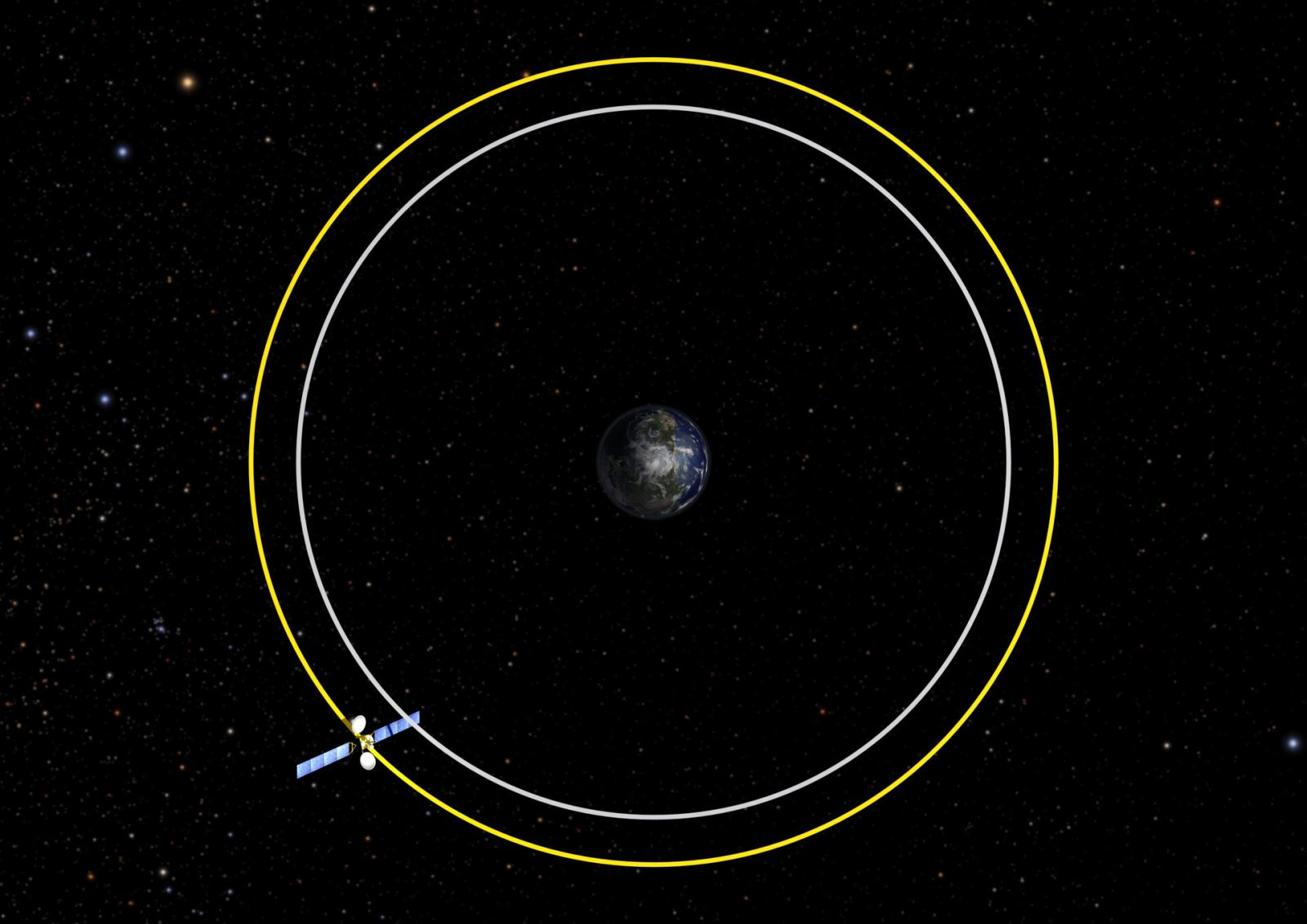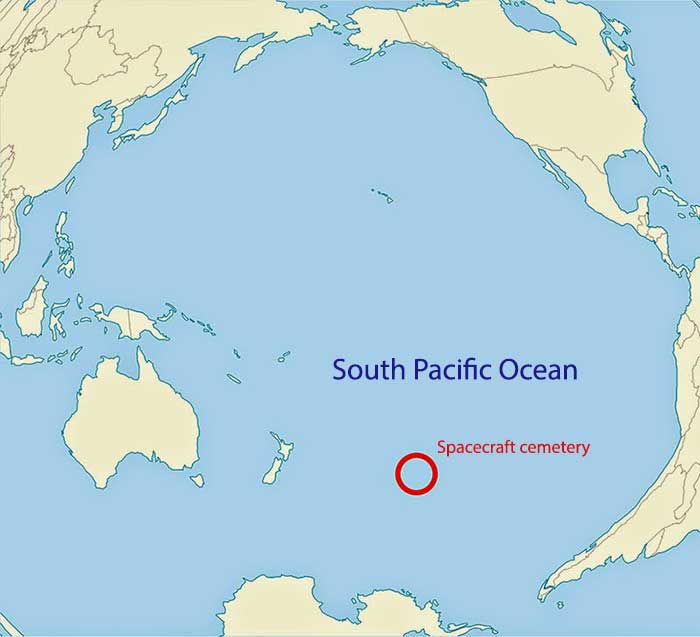Every year, more spacecrafts and satellites than we can possibly count, are launched to space to study the universe, observe the weather, and many more reasons. Have you ever wondered where these spacecrafts go after they complete their mission? Do they continue to wander in space? Do they have a final destination?
According to NASA, the answer is simple. You cannot leave a spacecraft to wander aimlessly, without knowing where it will eventually end up! For example, spacecrafts and satellites that are far away from Earth’s orbit end up in a place that we call the “graveyard orbit”, also known as junk orbit, which is located at 22,400 miles (36,050 km) from Earth. Far away, satellites and spacecrafts are programmed before launch to end up there when they are no longer operational. This way, active satellites (operational satellites) can rotate safely without crashing into non-operational satellites. Is there a similar place on Earth that acts as a final destination for near spacecraft or satellites that are no longer operational?
 Graveyard orbit 300 km above geostationary orbit. Credits: ESA.
Graveyard orbit 300 km above geostationary orbit. Credits: ESA.
Nearby spacecrafts or satellites return to Earth. Is it safe? Yes. When the fuel of a small spacecraft or satellite (such as observation satellites) is about to run out, engineers use this fuel to slow it down. When this happens, they fall out of orbit, and burn up. By the time they reach Earth, they have completely disappeared, and we no longer need to worry about them.
As for larger objects (such as space stations), they cannot disappear into thin air when they fall out of orbit; that is why their final destination is planned. Spacecraft operators ensure spacecrafts fall into a deserted area far from any human civilization; this place is known as the “Spacecraft Cemetery”. This is located in the Pacific Ocean, between South America and New Zealand. This place is sometimes called “Point Nemo”, which is Latin for “No One”, and was named after Captain Nemo from Jules Verne’s novel Twenty Thousand Leagues Under the Seas. It was named Nemo because it is a deserted area, and that is why space agencies plan for large spacecrafts to end up there.

Spacecraft Cemetery in the South Pacific Ocean. Credits: NASA Space Place.
According to Popular Science magazine, space agencies from all over the world have dumped more than 260 spacecrafts between 1971 and 2016, and the number is continually growing. When NASA’s International Space Station (ISS), which has been in operation since 1998, is decommissioned in 2031, it will end up in the spacecraft cemetery as well.
Spacecraft Cemetery | Where the International Space Station Will Die
For now, I do not think we need to worry about the status of spacecraft cemeteries and their contents; or do we? That is a topic for another article.
References
businessinsider.com.au
edition.cnn.com
popsci.com
spaceplace.nasa.gov
Cover Image: Photo by form PxHere